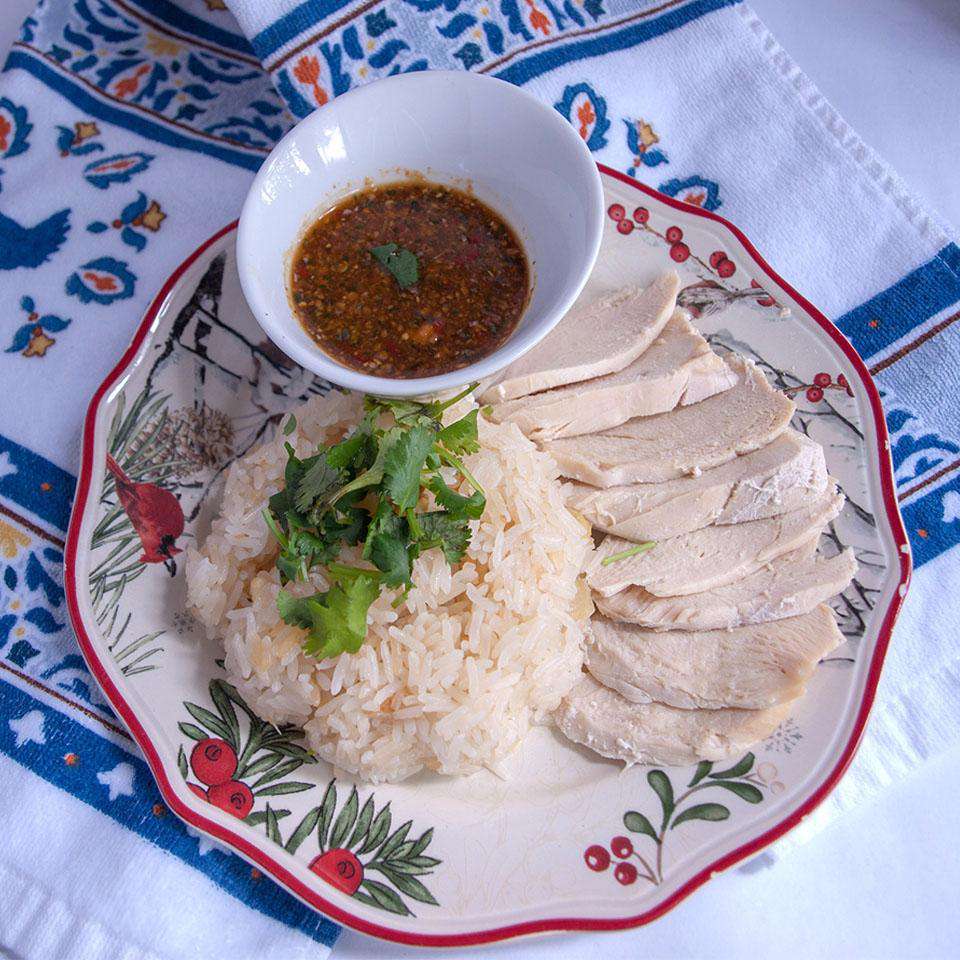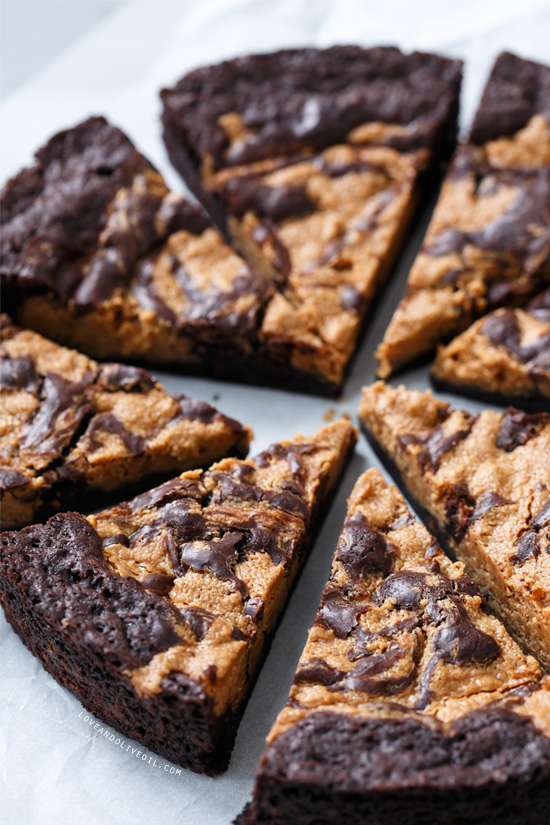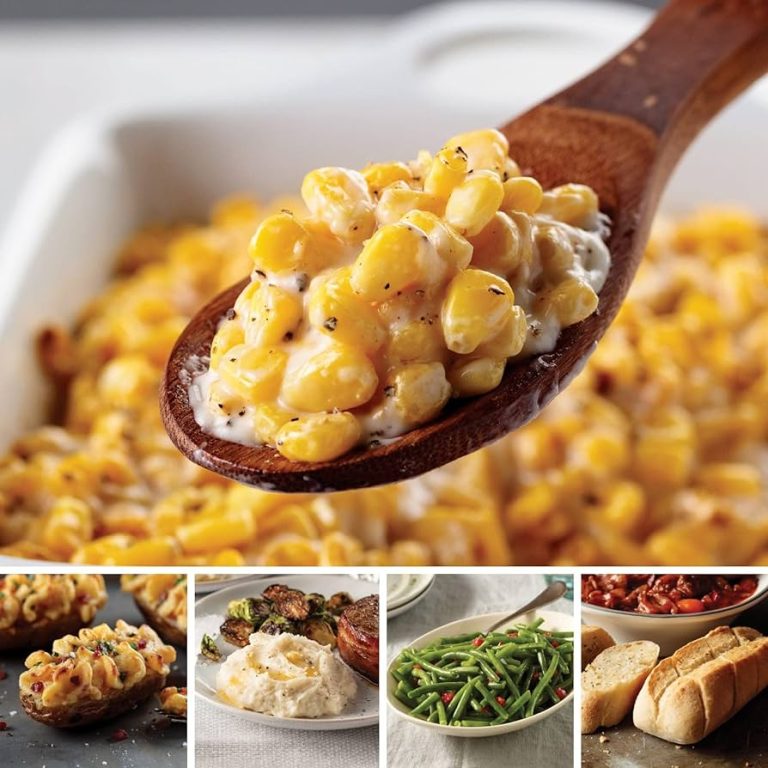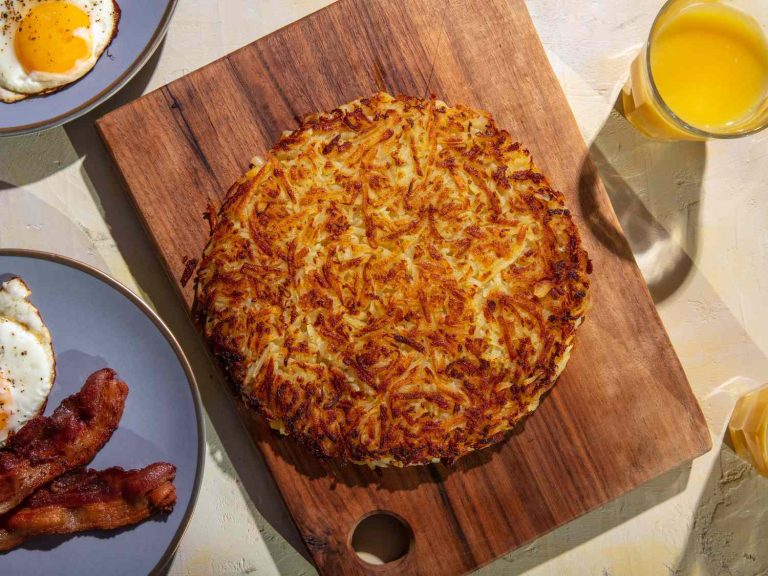Khao Man Gai Thai Chicken and Rice: Delicious and Nutritious Recipe
Khao Man Gai combines poached chicken, fragrant rice, and a flavorful dipping sauce. The dish typically includes sliced chicken served on a bed of jasmine rice that’s been cooked in chicken broth, garlic, and ginger. A side of clear chicken soup and a mix of fresh cucumbers usually accompany the meal. The unique sauce consists of fermented soybeans, garlic, ginger, and chili, adding depth to the dish. In this healthier version, some ingredients or cooking techniques are adjusted to limit fats and calories.
Historical Roots of the Dish
Khao Man Gai traces its origins back to Hainanese cuisine from China. Brought to Thailand by Hainanese immigrants, it has been adapted to suit local tastes over decades. Similar dishes exist in Malaysia (Hainanese Chicken Rice) and Singapore, showcasing the regional variations rooted in the same Chinese culinary tradition. In Thailand, street vendors and local eateries commonly serve Khao Man Gai, making it a beloved comfort food nation-wide.
Ingredients for a Healthy Version
Choosing Lean Chicken
Use skinless chicken breast for Khao Man Gai. It offers lean protein minimizing fat. Select organic chicken if possible for fewer additives and antibiotics. Poach the chicken in water infused with garlic and ginger for flavor. Skinless chicken thighs can be an alternative if you prefer darker meat.
Opting for Whole Grain Rice
Substitute jasmine rice with brown rice. Brown rice contains more fiber promoting better digestion. Cook the rice in low-sodium chicken broth instead of regular chicken broth to reduce salt intake. Consider quinoa for an even higher protein content and a different texture.
Cooking Techniques for Healthier Khao Man Gai
The Importance of Poaching
Poaching chicken ensures it remains tender and juicy, which is essential for Khao Man Gai. Keep the water temperature just below boiling (around 175°F or 80°C) when poaching. Infuse the poaching liquid with garlic, ginger, and shallots to add depth of flavor. Use a skinless chicken breast to reduce fat content. By poaching rather than frying or roasting, the chicken retains more moisture without extra calories.
Using Less Oil and Low-Sodium Options
Minimize oil usage to make Khao Man Gai healthier. Sauté ingredients with a small amount of olive oil or use a non-stick pan to reduce oil requirements. When making the dipping sauce and rice, use low-sodium alternatives. Choose low-sodium chicken broth for cooking rice, which controls your salt intake. These adjustments help provide a flavorful dish without excessive sodium or unhealthy fats.
Nutritional Benefits of Khao Man Gai
Caloric Considerations
Khao Man Gai is lower in calories when you make healthy substitutions. A typical serving contains around 400-500 calories with skinless chicken breast and brown rice. Poaching the chicken instead of frying reduces fat content significantly. Replacing traditional jasmine rice with quinoa or brown rice cuts down on carbohydrates but adds more fiber.
Macronutrients and Micronutrients
Khao Man Gai offers balanced macronutrients. Skinless chicken breast provides lean protein, essential for muscle repair and growth. One serving offers about 30 grams of protein. Brown rice adds complex carbohydrates and fiber, aiding digestion and maintaining energy levels. Quinoa increases protein content and adds more fiber.
Micronutrients are also abundant in Khao Man Gai. Garlic and ginger used in poaching chicken are rich in antioxidants and anti-inflammatory compounds. Brown rice is a good source of magnesium, essential for muscle and nerve function. Adding fresh herbs like cilantro supplies vitamins A and K, contributing to immune function and blood clotting.
Using low-sodium broth decreases sodium intake, beneficial for heart health. Opting for organic chicken ensures fewer additives, promoting overall wellness. The dipping sauce’s fermented soybeans provide probiotics, supporting gut health.
By incorporating these healthy alternatives, you maintain the dish’s flavor while boosting its nutritional profile, making Khao Man Gai a more wholesome choice.
Serving and Pairing Suggestions
Appropriate Side Dishes
Pair Khao Man Gai with fresh, crunchy sides to complement its tender chicken and fragrant rice. Steamed or sautéed vegetables, like broccoli or bok choy, add fiber and nutrients. A light cucumber salad with a touch of vinegar offers a refreshing contrast and aids digestion. If you want more greens, opt for a simple mixed salad with a light dressing.
Recommended Condiments
The dipping sauce is crucial for enhancing Khao Man Gai’s flavor. Traditionally, it includes fermented soybeans, garlic, ginger, and fresh chili, adding depth and spice. For a healthier twist, use low-sodium soy sauce and organic ingredients. You might also try a spicy chili sauce or a tangy lime-based dressing for variety. Each condiment will enrich your dish without adding excessive calories.
Conclusion
Embracing a healthier version of Khao Man Gai allows you to enjoy this beloved Thai dish without compromising on flavor. By making thoughtful substitutions like using skinless chicken breast, brown rice, and low-sodium ingredients, you can create a nutritious meal that’s both satisfying and delicious.
Pairing the dish with fresh vegetables and a light cucumber salad adds a refreshing touch and extra nutrients. Don’t forget to experiment with different dipping sauces to find your perfect flavor balance.
With these tips, you can savor the authentic taste of Khao Man Gai while maintaining a healthy diet.





